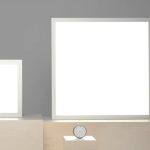5 Easy Tips to Prevent Your LED Light Strips from Falling Off
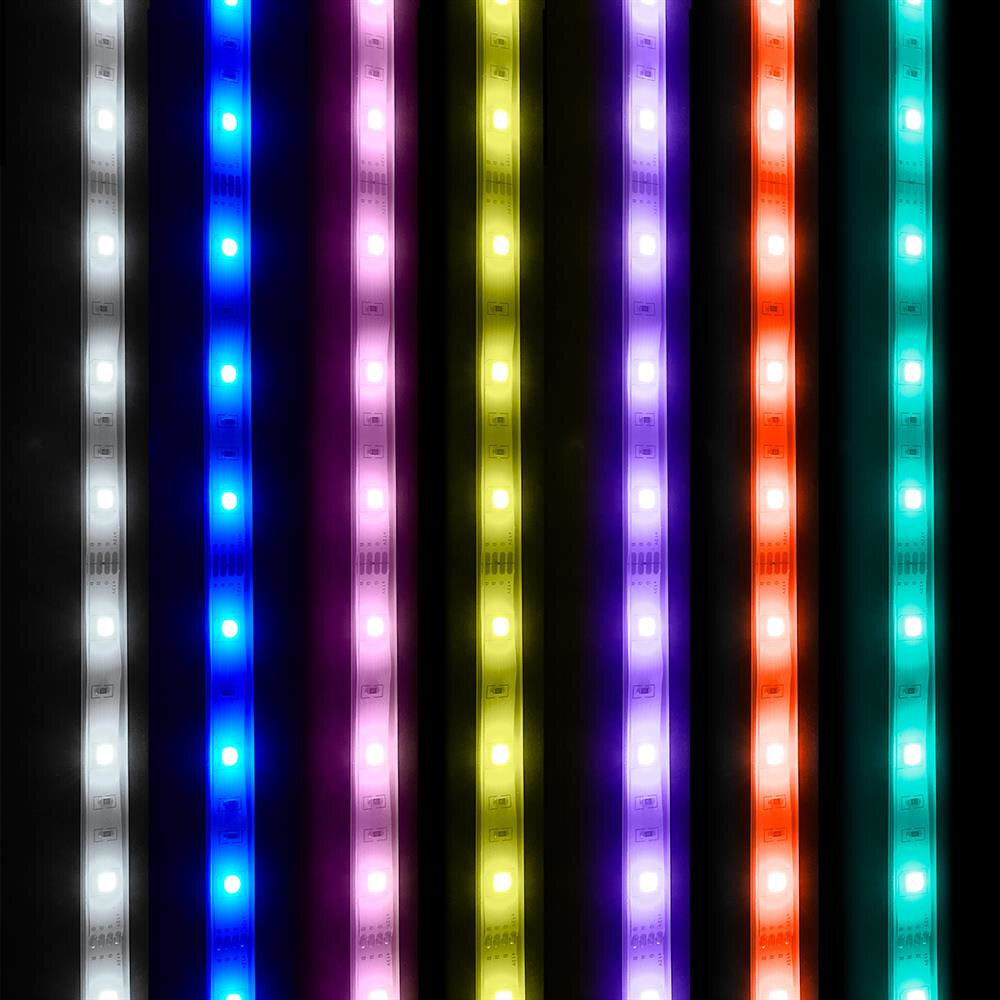
LED light strips are a popular and versatile lighting solution that can be used for a wide range of purposes. They are easy to install and can add a beautiful accent to any room or space. However, one common issue that users face is that their LED light strips tend to fall off over time. This can be frustrating, especially if you have spent time and effort installing them. Fortunately, there are several easy tips that you can follow to prevent your LED light strips from falling off. Firstly, it is important to ensure that the surface where you are installing the LED light strips is clean and dry. Any dust or moisture on the surface can prevent the adhesive from sticking properly, causing the light strips to fall off. Additionally, you can use rubbing alcohol to clean the surface before installation. This will remove any dirt, grease or oils that may be present and provide a clean surface for the adhesive to stick to. With these simple steps, you can ensure that your LED light strips stay securely in place for a long time.
Tip 1: Clean the Surface Before Applying
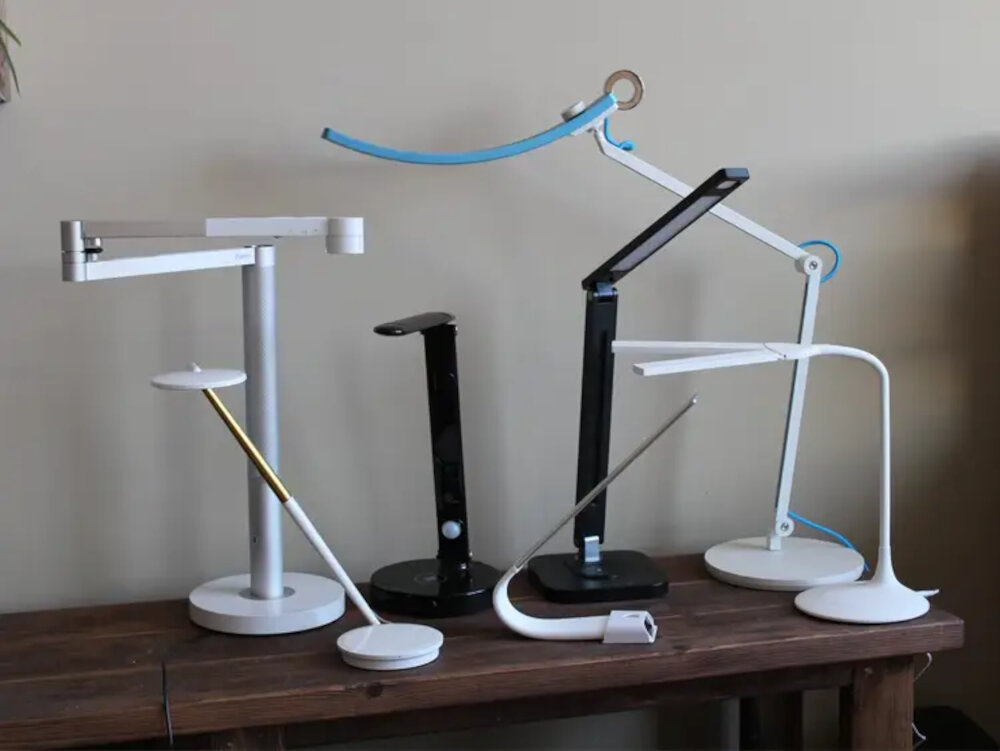
Ensuring that the surface is clean before applying LED light strips is crucial in preventing them from falling off. Any dirt, dust, or grime on the surface can decrease the adhesive strength of the strip, causing it to peel off over time. It is best to use a cleaning solution that is safe for the surface, such as rubbing alcohol or a mild soap solution. Once the surface is clean, use a dry cloth to wipe away any excess moisture before attaching the LED light strip. Taking the time to properly clean the surface will ensure that the LED light strip stays securely in place for long-term use. It is also important to note that the type of surface can affect the adhesive strength of the LED light strip. Surfaces that are textured or uneven can make it difficult for the strip to adhere properly. In these cases, it may be necessary to use additional measures such as mounting brackets or clips to secure the strip in place. Additionally, surfaces that are exposed to extreme temperatures or moisture can weaken the adhesive over time. It is important to consider these factors when choosing where to install LED light strips and to take the necessary precautions to ensure that they stay in place.
Tip 2: Use Proper Adhesive
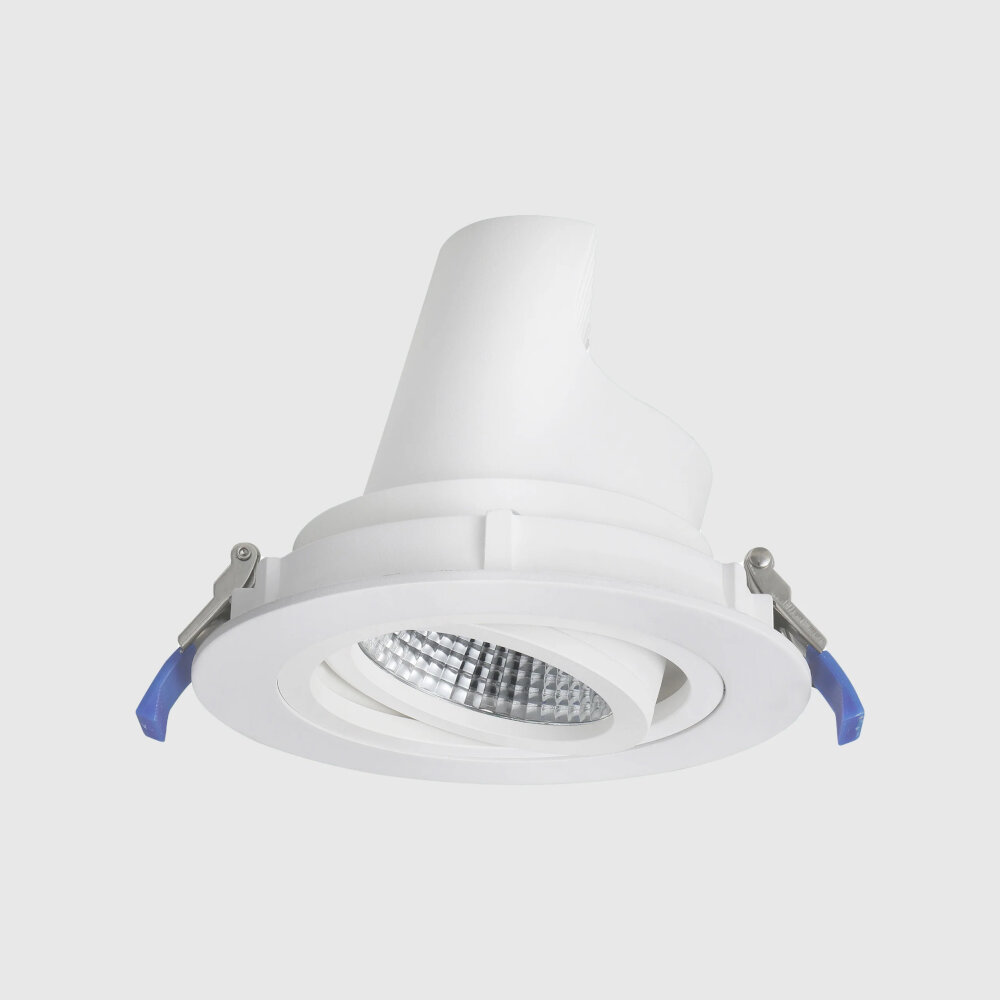
When it comes to installing LED light strips, one of the most important factors to consider is the type of adhesive you use. While many LED light strips come with their own adhesive backing, this may not always be sufficient for your needs. It’s important to choose an adhesive that is strong enough to hold the weight of the LED light strip, but also won’t damage the surface you’re attaching it to. Double-sided foam tape is a popular choice for many DIY enthusiasts, as it’s strong enough to hold the light strip in place, but won’t leave any residue or damage the surface when removed. Alternatively, you could use a silicone adhesive or a heavy-duty mounting tape to ensure your LED light strip stays firmly in place. Another important consideration when selecting an adhesive is the environment in which the LED light strip will be installed. If you’re installing the light strip in a damp or humid environment, for example, you’ll need to choose an adhesive that is water-resistant and won’t deteriorate over time. Similarly, if you’re installing the LED light strip in an area that is exposed to high temperatures, you’ll need an adhesive that is heat-resistant to ensure it stays in place. By choosing the right adhesive for your needs, you can help prevent your LED light strips from falling off and ensure they stay securely in place for years to come.
Tip 3: Avoid Overstretching
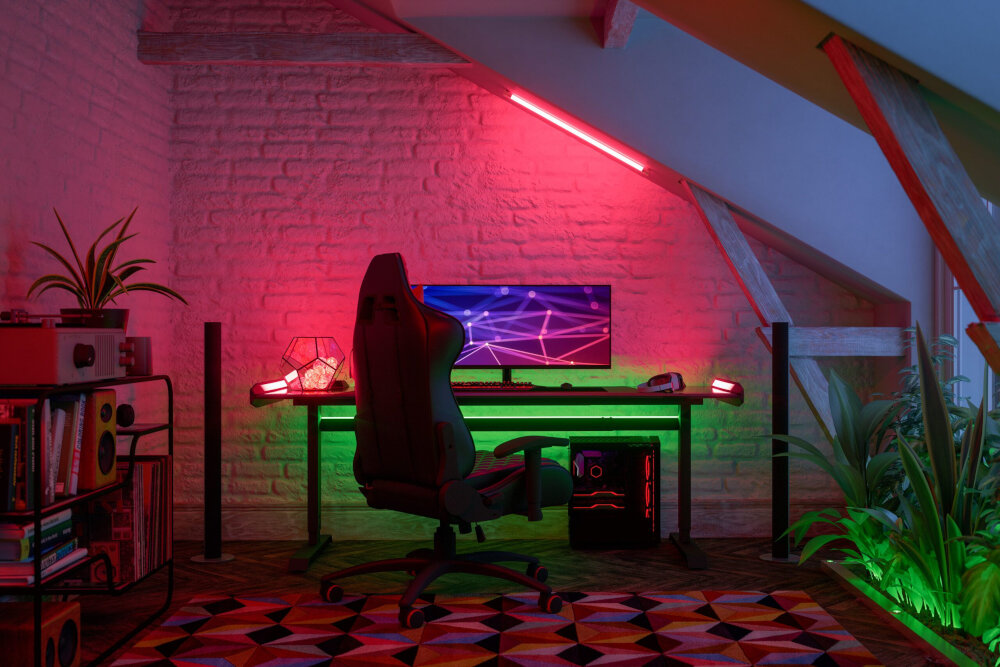
Overstretching your LED light strips is a common mistake that many people make. When you overstretch your strips, the adhesive on the back of the strip will start to weaken, and the strip may fall off. This can be a frustrating experience, especially if you have spent a lot of time and effort installing your LED light strips. To avoid overstretching, it is essential to measure the length of the area where you want to install the strip and cut it to the appropriate length. This will prevent you from having to stretch the strip to fit the space and will help ensure that the adhesive stays strong. Another way to avoid overstretching your LED light strips is to install them in a straight line. If you try to bend the strip too much, it can cause the adhesive to weaken, and the strip may fall off. To install the strip in a straight line, you can use a ruler or a straight edge to guide you. This will help you to avoid bending the strip too much and will ensure that the adhesive remains strong. Additionally, if you need to install the strip around a corner, consider using a connector to avoid overstretching the strip. By following these tips, you can ensure that your LED light strips stay securely in place and provide you with the lighting you need.
Tip 4: Use Clips or Mounting Brackets
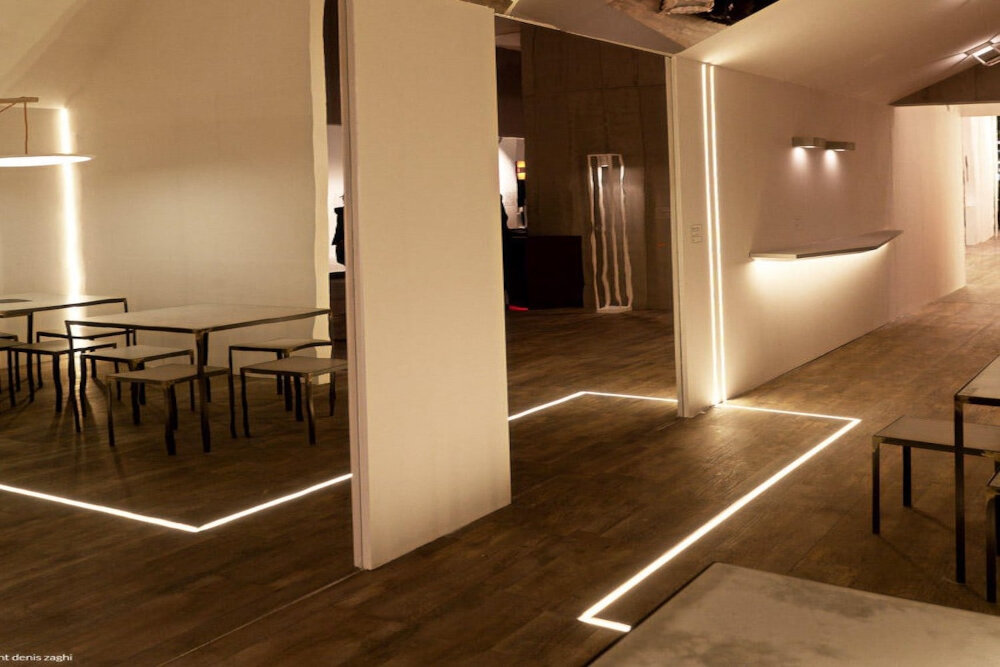
Using clips or mounting brackets is a simple yet effective solution to prevent your LED light strips from falling off. These small accessories can be easily attached to your walls, ceilings, or other surfaces, and provide a secure and stable base for your light strips. You can find a variety of clips and brackets in different sizes and shapes, so you can choose the one that best fits your needs and preferences. Some clips are designed to be attached to the back of your light strips, while others are mounted on the surface and hold the light strip in place. Either way, using clips or mounting brackets can save you a lot of time and frustration, and ensure that your LED light strips stay firmly in place. When choosing clips or mounting brackets for your LED light strips, make sure to consider the weight and length of your light strips, as well as the material and texture of the surface you are attaching them to. Some surfaces, such as wood or drywall, may require specific types of clips or brackets, while others may be more suitable for adhesive tapes or Velcro. Additionally, you may want to opt for clips or brackets that are adjustable or flexible, so you can easily adjust the angle or position of your light strips as needed. By using clips or mounting brackets, you can not only prevent your LED light strips from falling off, but also enhance their aesthetics and functionality, and create a more personalized and dynamic lighting experience in your home or office.
Tip 5: Secure the Power Source
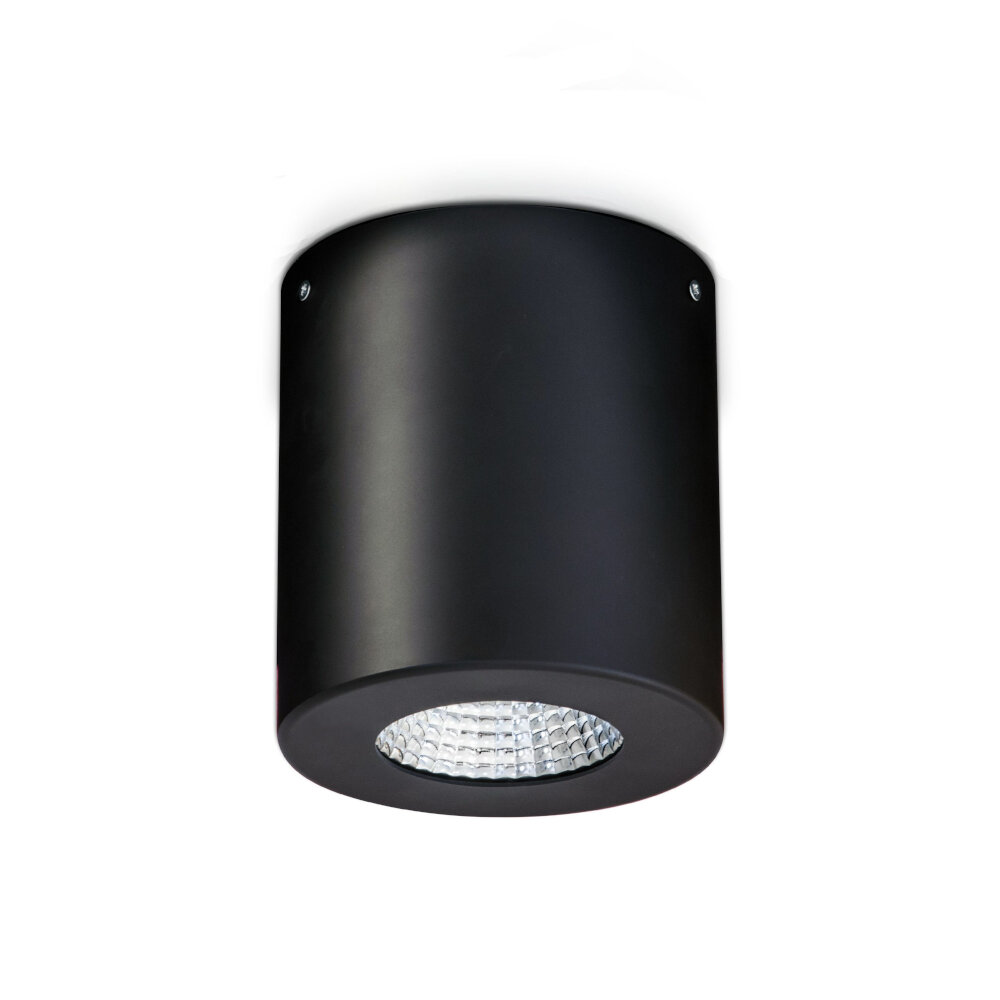
When it comes to LED light strips, securing the power source is crucial to preventing any untoward incidents that may arise. The power source, which is usually a transformer or an adapter, should be placed in a safe and secure location close to the LED light strips. It should not be left hanging or dangling, as this can cause the wires to loosen and fall off. One of the best ways to secure the power source is by fixing it to the wall using screws or adhesive tape. This will ensure that the power source stays in place and does not move around. Additionally, it is important to ensure that the power source is not overloaded with too many LED light strips. This can cause the power source to overheat, which can lead to a fire hazard. Therefore, it is important to always check the manufacturer’s recommendations on how many LED light strips can be connected to one power source.
Conclusion
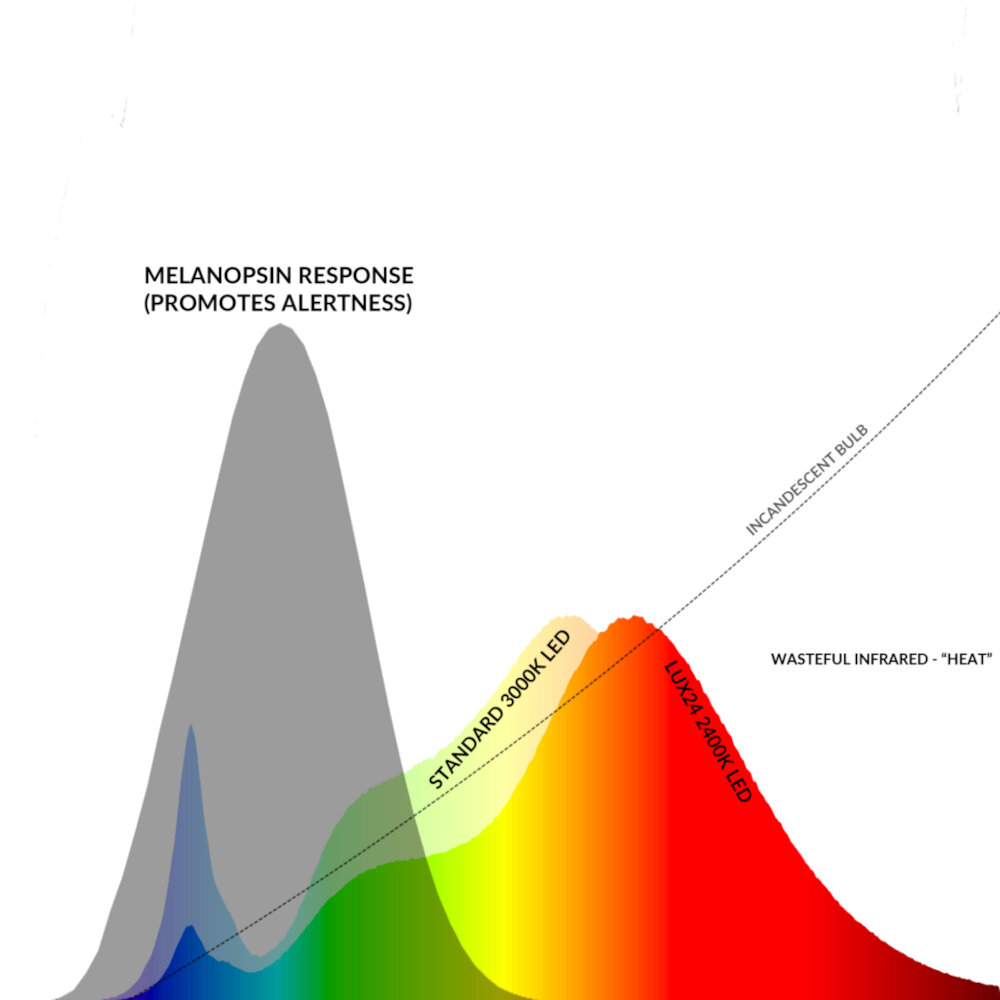
In conclusion, preventing your LED light strips from falling off can be achieved with some simple tips and tricks. It is essential to ensure that the surface you are attaching them to is clean and dry, and that you use the appropriate adhesive method for your specific application. Additionally, choosing high-quality LED light strips can make a significant difference in their longevity and durability. Regular maintenance and checking the adhesive strength of the strips will also help to prevent them from falling off. By implementing these easy tips, you can enjoy the benefits of LED lighting without the frustration of constantly having to reattach them.



